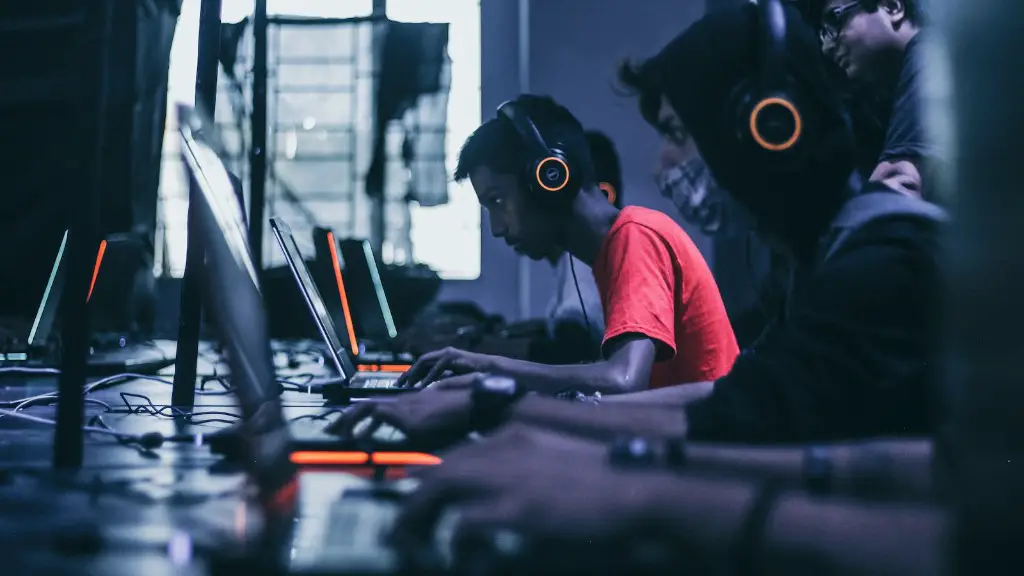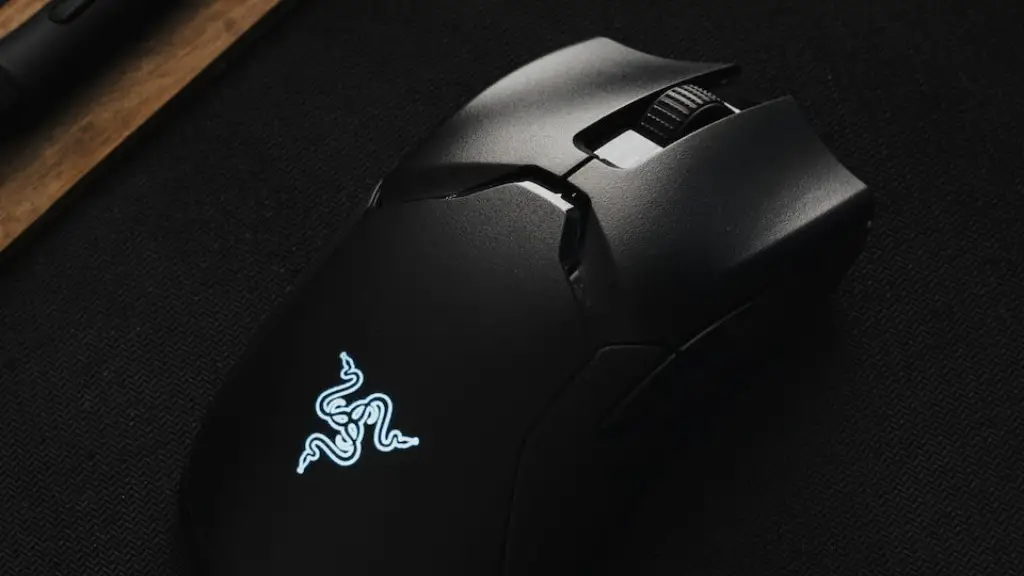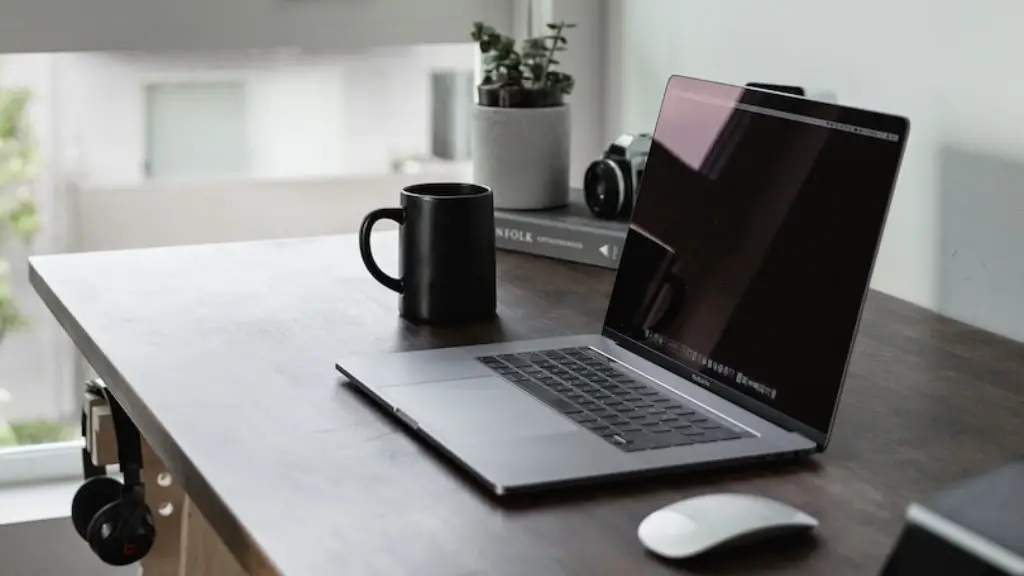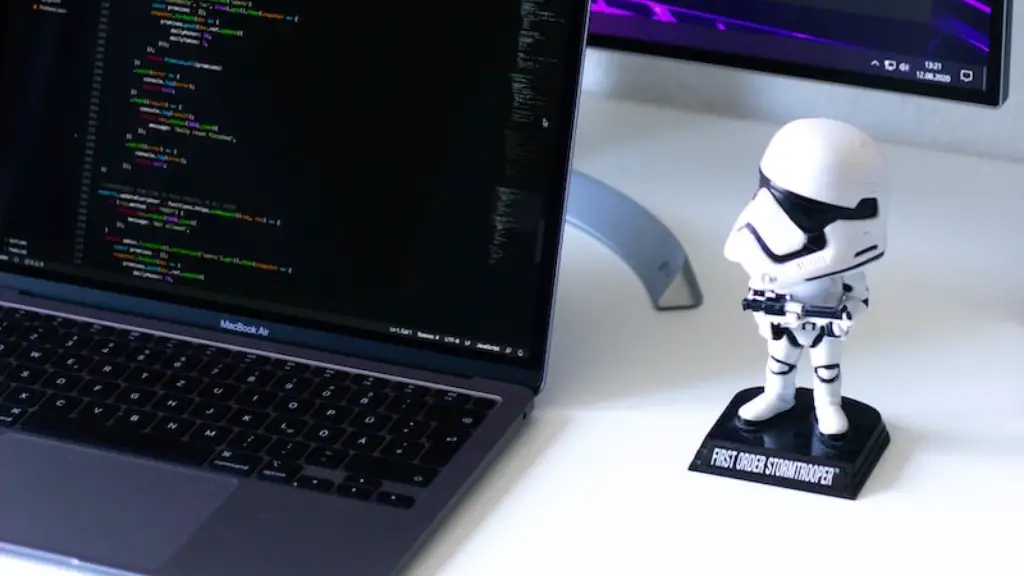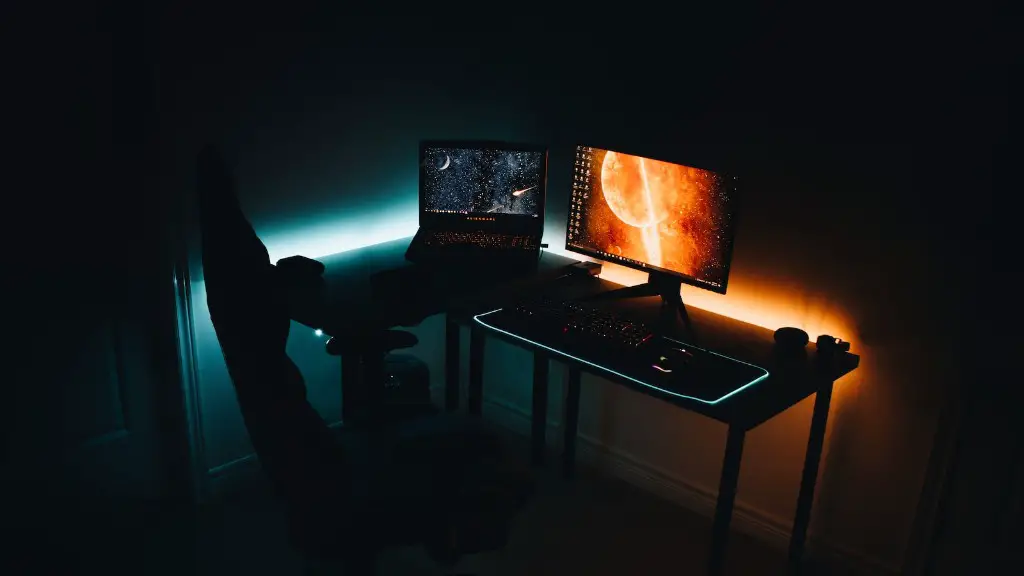Assembling a gaming PC doesn’t have to cost an arm and a leg anymore. In 2021, there are more affordable components than ever that still offer great gaming performance. This guide will show you how to build a cheap gaming PC on a budget of $500 or less.
The first thing you’ll need to do is decide which components you need. You can find plenty of suggestions in gaming forums and reviews, but you should also consider your own needs. Do you want an ultra-powerful powerhouse or just something that can run the latest games at decent frame rates? Once you’ve made your choice, it’s time to start shopping.
Next, it’s important to select the right components for your budget. Look for the best value, not just the lowest price. Don’t be afraid to shop around, as you can often find discounts and bundles that can save you money. Also, don’t forget to check online auction sites for deals.
It’s also advisable to choose components that are compatible with one another. Make sure that your motherboard, processor, and graphics card are compatible, otherwise you may have issues in the future. If you’re not sure, you can use an online builder to help ensure that your components work well together.
Once you’ve selected the components you need, it’s time to assemble your system. You’ll need a screwdriver, some thermal paste, and a little bit of patience. Read your instructions carefully, and take your time to ensure that everything is installed properly. Don’t forget to plug in the power supply and connect the data cables to your hard drive.
Finally, before you start gaming, it’s important to update your drivers. Make sure to download the latest graphics card and operating system drivers for your system to ensure the best performance. You should also update your BIOS and chipset drivers to help fix any compatibility issues.
Optimizing memory
Once you have your gaming PC assembled, there are a few tweaks you can do to maximize its performance. Adding more RAM can help to improve your gaming experience and can be done relatively cheaply. Another thing to consider is increasing the clock speed of your processor or overlocking your graphics card. Both of these can increase performance, but can also void your warranty so make sure you know what you’re getting into before doing it.
When it comes to optimizing your memory settings, you should look into settings such as: gaming modes, refresh cycle rate, timing settings, and cas latency. Each of these has a different impact on how your computer performs, so make sure to tweak them carefully. In most cases, increasing the refresh rate and the timing settings is preferable. Additionally, you can also consider using multiple RAM modules instead of just one.
Once your memory settings are adjusted, you can focus on overclocking your processor. This is an advanced topic and can void your warranty, so proceed with caution. Overclocking involves increasing the processor’s clock frequency beyond the stock settings to get additional performance. Make sure you have an efficient processor before attempting to overclock it, as some processors have a limited ability to be overclocked.
Finally, you should pay attention to your power supply. When building a gaming PC on a budget it’s tempting to skimp on this part, but going too cheap can lead to poor performance and even hardware damage. Try to get a power supply unit with a higher wattage rating and with high efficiency. This can help ensure that your gaming PC runs smoothly, and help avoid costly problems in the future.
Optimizing visuals
In addition to optimizing your hardware, you can also tweak your visuals to get the most out of your gaming PC. If you’ve invested in a powerful graphics card, then you should look at increasing your resolution, framerate, and number of textures. These settings can all have a huge impact on your gaming experience and can be adjusted in-game or in your graphics settings.
You can also make use of anti-aliasing to reduce the “jaggies” you may see in certain games. This is essentially a smoothing technique which reduces jagged edges for a more realistic image. You may notice some slowdowns on older graphics cards, however, so make sure you test different settings to find the best balance.
Next, you can experiment with different textures in some games to see which ones look best. High-resolution textures can often make a huge difference to the look and feel of a game, so make sure to check them out. Just bear in mind that the higher the resolution, the more your gaming PC will need to work to render them.
Finally, if you use multiple displays, you can try different multi-monitor setups. This can allow you to enjoy a much larger field of view or higher resolutions than you would normally be able to with a single display. Be aware that this may also require more processing power, however, so it’s not always an ideal choice.
Cooling & power saving
Once your gaming PC is assembled, you should take some time to make sure it is running cool and quiet. Most gaming components don’t require active cooling, but you should still consider installing additional fans if you’re looking to maximize airflow. Also, try replacing the stock fans with quieter, higher quality fans for a quieter gaming experience.
Another thing to consider is power saving. There are various ways to do this, such as disabling unused components or limiting the processor’s clock speed. Many graphics cards now come with a dedicated Eco mode that can help improve performance while keeping wattage usage to a minimum.
Finally, you can reduce power consumption and cooling by installing a Plexiglas side panel. This allows your hardware to “breathe” without letting in any dust and debris, and also looks great in your setup. If you’re into modding, you could also consider water cooling for improved performance and aesthetics.
Upgrades & replacement
Upgrading a gaming PC on a budget can be tricky, but it’s still possible. Try looking for older components that can offer good performance for a low price. If they’re compatible with your current hardware then they can dramatically improve your gaming experience.
When it comes to replacing your components, the same rules apply. Look at the components you already have, and make sure they are compatible with the new ones. You should also make sure that the new components fit in your current case, or be willing to buy a new one if necessary.
You can also look at using external GPUs, as these can offer great performance at an affordable price. They are especially useful for laptop users, as they can provide a huge performance boost without the need to upgrade the laptop itself.
Finally, if you’re looking for an even greater performance gain, then you can consider upgrading your graphics card or processor. Both have their own unique advantages, but you should always consider the cost before going for something more powerful. Some components are priced competitively, while others are more expensive but offer more performance.
Tool & clean up
Once your gaming PC is up and running, it’s a good idea to start optimizing it further. There are plenty of free PC cleaning tools available that can help to free up disk space and improve performance. This can help ensure that your gaming PC is running as efficiently as possible.
Another thing to consider is installing a gaming performance monitoring tool. This type of tool can give you an in-depth look at how your hardware is performing while you’re gaming. It can show you which components are under-performing and what settings you should change to get even better results.
Finally, if you’re finding that your gaming PC is getting too hot, then consider investing in a system cooler. These can be installed in your PC case to help reduce temperatures and prolong the life of your components. They also provide additional airflow, which can further help improve performance.
In summary, building a cheap gaming PC in 2021 doesn’t have to be an expensive endeavor. There are plenty of components available for a budget of $500 or less that can still offer great gaming experiences. With a little bit of shopping around and careful selection, you can put together an incredible gaming PC without breaking the bank.
